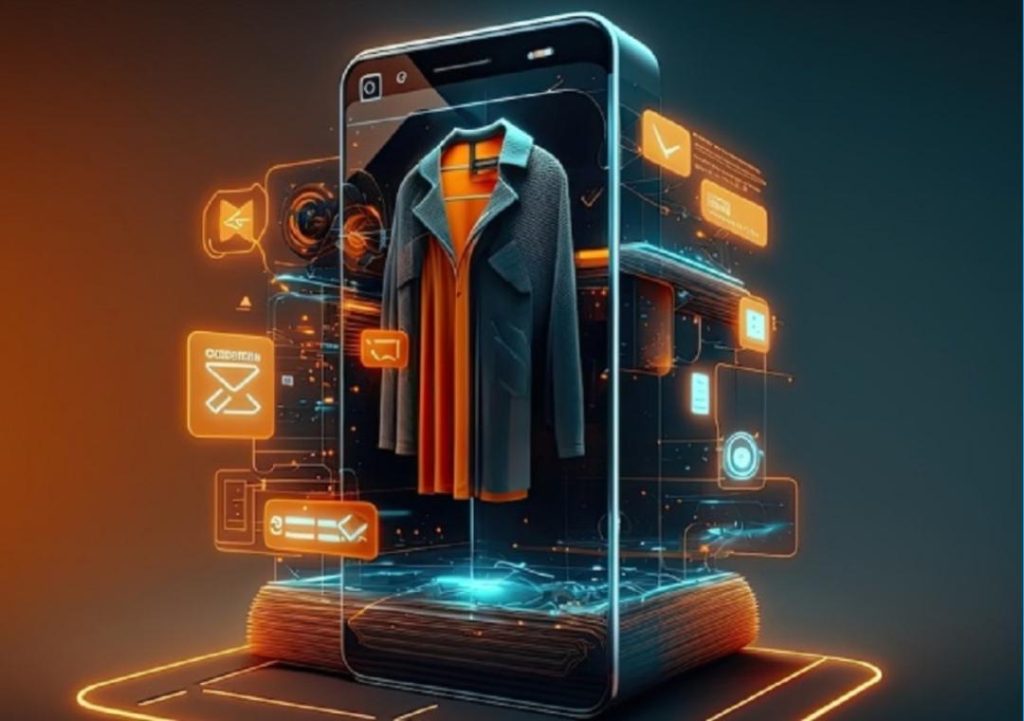
How AI, AR & Automation are redefining online shopping in 2025
Online shopping has come a long way since its inception in the mid-1990s. From humble beginnings with simple e-commerce platforms to advanced AI-powered personalization, AR virtual try-ons, and automated logistics, the online shopping experience has undergone a significant transformation in recent years. As we move into 2025, it’s essential to understand how AI, AR, and automation are redefining the online shopping landscape.
AI Chatbots: Enhancing Customer Service
One of the most significant advancements in online shopping is the integration of AI chatbots. These intelligent virtual assistants are equipped to handle customer inquiries, provide product recommendations, and even assist with order tracking. AI chatbots have revolutionized the customer service experience by offering instant support, reducing wait times, and increasing customer satisfaction.
For instance, chatbots like Facebook’s M and Google’s Duplex are already being used to facilitate seamless customer interactions. These AI-powered assistants can understand natural language, recognize customer intents, and respond accordingly. With the ability to process vast amounts of data, AI chatbots can also predict customer behavior, enabling businesses to anticipate and fulfill customer needs more effectively.
Smart Recommendations: The Power of Personalization
Personalization has long been a key aspect of online shopping. AI-powered algorithms can now analyze vast amounts of customer data, including browsing history, purchase behavior, and preferences, to offer tailored product recommendations. This level of personalization not only enhances the shopping experience but also increases customer loyalty and conversion rates.
For example, fashion e-commerce platform, Stitch Fix, uses AI-powered algorithms to recommend personalized clothing boxes to its customers. These algorithms analyze customer style, preferences, and purchase history to curate a selection of clothing that meets their unique needs. The result? A 20% increase in customer satisfaction and a 15% increase in repeat business.
Voice Commerce: The Future of Shopping
Voice commerce, which involves using voice assistants like Alexa, Google Assistant, and Siri to make purchases, is another significant trend shaping the online shopping landscape. With the rise of smart speakers and voice-enabled devices, customers are increasingly using voice commands to shop, search for products, and even control their smart homes.
According to a report by comScore, 50% of all searches will be voice-based by 2025, making voice commerce a crucial aspect of online shopping. Companies like Mastercard and PayPal are already investing heavily in voice commerce, recognizing its potential to revolutionize the way we shop.
AR Virtual Try-ons: The New Reality
Augmented reality (AR) has been gaining traction in online shopping, allowing customers to preview products in a more immersive and interactive way. AR virtual try-ons enable customers to see how products would look on them without having to physically try them on.
For instance, beauty e-commerce platform, ModiFace, uses AR technology to allow customers to virtually try on makeup and skincare products. This level of interactivity has resulted in a 20% increase in sales and a 15% increase in customer engagement.
Automation Streamlining Supply Chains and Delivery
Automation is also playing a crucial role in online shopping, streamlining supply chains and delivery processes. With the rise of e-commerce, logistics have become increasingly complex, with businesses struggling to manage inventory, shipping, and delivery. Automation is helping to simplify these processes, ensuring faster and more efficient delivery.
For example, companies like Amazon and Walmart are using autonomous robots to manage inventory and shipping, reducing labor costs and increasing efficiency. With the ability to analyze vast amounts of data, automation is also enabling businesses to optimize their supply chains, reducing waste and improving customer satisfaction.
Conclusion
As we move into 2025, it’s clear that AI, AR, and automation are revolutionizing the online shopping experience. From AI chatbots and smart recommendations to voice commerce and AR virtual try-ons, these technologies are enhancing customer service, personalization, and interactivity.
Automation is also playing a crucial role in streamlining supply chains and delivery processes, ensuring faster and more efficient delivery. As online shopping continues to evolve, it’s essential for businesses to stay ahead of the curve, investing in these technologies to improve customer satisfaction, loyalty, and ultimately, revenue.
Source:
https://www.growthjockey.com/blogs/e-commerce-tech-trends-online-shopping






